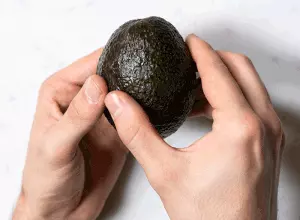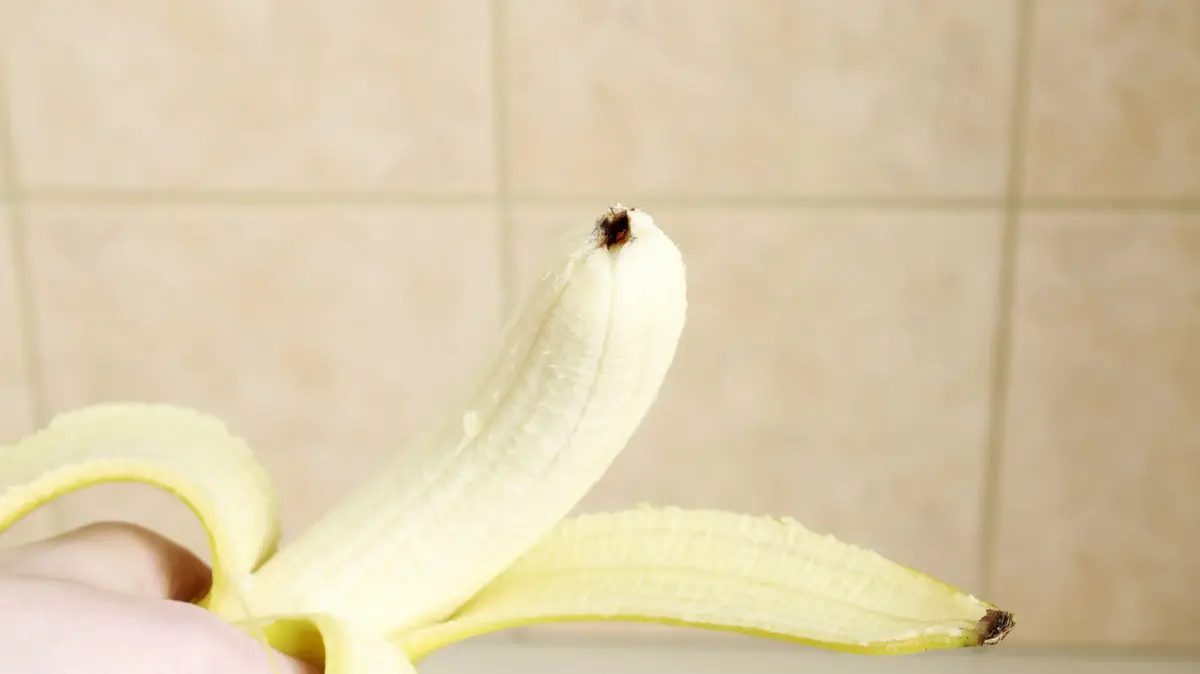summer fruits (SHUTTERSTOCK)
Many weeks have passed since we've known a good avocado provocation here, and the green-yellow crab has escalated.
How can you keep it ripe for a whole year, what is the cut that causes it to turn black faster and what trick will help you choose the perfect fruit on the way to the perfect toast?
Everything has already happened, checked and approved.
We wanted more, and that desire naturally led us to Abby and Mattan Fine.
The founder of "Fine Farm" and his son deal with the "small print" of our country's fruits and vegetables.
They know when it is best to pick, what is the most profitable biting timing and how to maximize flavors - but they also know how to say what is *not* right.
And so, equipped with some common (and erroneous, it turns out) myths, we opened our ears and started writing.
This time it ends with bananas, persimmons and hot pepper.
And in avocado, of course.
Crave though.
"Bad bananas are less good"
Scared, and it's a good thing.
Heroes who love bananas (Photo: Giphy)
Most of the bananas in Israel undergo "ripening", a process of ripening the fruit in a controlled manner, the purpose of which is to ripen the fruit in a better, uniform and faster way, so that it can be marketed immediately, and at the same time to extend the shelf life for the customer.
If the banana bunches are ripened naturally on the tree, there will be no uniform ripening and this will lead to high depreciation, lower quality produce and higher growing costs.
The gas that is used to boil the bananas is called ethylene (Ethene) and it is used artificially and controlled for the benefit of the ripening process of the banana on a commercial scale.
The same gas is also naturally secreted from apples and pears, so you can do independent "home canning" - pick a green banana and ripen it naturally at home by attaching the apple to the banana in a paper bag or newspaper.
Similarly, hard avocados and mangoes can also be nauseating.
Therefore, in 99.9% of cases the bananas on the shelf will be bruised.
We tested, it works
This way you will cook a hard avocado in two minutes
To the full article
What do you get from an avocado that you grew at home from the seed?
Obvious to any real breeder.
Avocado (Photo: Giphy)
We have all already learned that it is possible to grow an avocado from the seed that remains after we have finished eating, but not many know what is obvious to any real avocado grower - the seed you sprout will not be the same as the fruit you ate.
So, for example, if you germinate a seed of an Ace avocado, you will most likely get another variety.
The reason for this is that avocado is from the family of plants that are not "True To Seed".
That is, unlike plants, in order to grow a specific variety of avocado, it is necessary to assemble (assembling branches from different varieties of the same plant to produce a specific variety).
By the way, this is true for most deciduous fruits - peaches, nectarines, etc.
The only one of the fruits that is indeed defined as "True To Seed" is the pomegranate.
You can plant the pomegranate seed and grow the same sweet-sour variety that you ate and loved.
Please *don't* eat persimmons straight from the tree
Remedial action is required.
Persimmon on the tree (Photo: ShutterStock)
The persimmon varieties are divided into two categories - persimmons that can ripen independently on the tree, and persimmons that need the same ripening process to ripen.
The latter are varieties that contain tannin (Tsacha Afzan in Hebrew), a natural substance in an unripe fruit that causes a tingling or astringency sensation (a feeling of dryness and roughness in the mouth).
It is somewhat reminiscent of the feeling in the mouth after drinking red wine.
Unlike the peeling of bananas, the peeling of persimmons is done using carbon dioxide gas (CO2) which is fed into a metal container where the persimmons are stored.
The canning process converts the starch in the fruit into sugar and removes the tannin, so that the fruit will be sweet and suitable for eating.
Why is it not recommended to eat persimmons directly from the tree?
The dominant varieties in the country ("Ruho", "Karambo" and "Triumph") are varieties that require curing.
Accordingly, for the most part, the persimmon you eat will be one that has been ripened and cannot be eaten if it is not ripe.
On the other hand, if you were "lucky" and found a persimmon of the "Poyo" variety, you will know that the fruit can be eaten without external intervention.
You just have to wait for it to ripen naturally.
Only in the summer is the pepper really spicy?!
on a scale that determines.
Hot green pepper.
Probably (Photo: Giphy)
Well, not exactly.
It is true that in the summer the hot pepper in Israel (and I mean the elongated green pepper, of the "Anaheim" variety) is hotter than the other seasons.
The reason for this is mainly the high summer temperatures that ripen the pepper faster than in the winter, and increase the concentration of the amount of capsaicin - the substance responsible for the spiciness in the pepper - in it.
Therefore, and in general, the hot pepper in Israel will be hotter in the summer months, but what really determines the hotness of the pepper is its variety.
In Israel there is a considerable number of hot pepper varieties that will be much hotter than the "Anaheim" variety - even in winter.
The level of spiciness in pepper is measured using the "Scoville scale" (named after the American chemist William Scoville).
Sweet peppers are measured at zero Scoville units (not hot at all).
Anaheim peppers measure between 500-3,500 Scoville units.
Halpinio pepper is measured between 2,500-8,000 Scoville units.
The habanero pepper is measured between 200,000-350,000 Scoville units.
The Carolina Reaper pepper (the hottest pepper in the world, as of today) reaches up to 2,000,000 Scoville units.
With the exception of Anaheim pepper, which is sold in every store, the other hot peppers will be more difficult to find in the country, but it is possible to find in grocery stores, cooking stores (and in the Fine Farm...).
Fine Farm offers fresh and selected agricultural produce, directly from the farmer to the consumer, inside a huge industrial hangar.
Its two branches operate in Hatz Shafiim and Givat Ada
Food
The food news
Tags
fruits
vegetables
Avocado
Banana
Hot Pepper
persimmon








